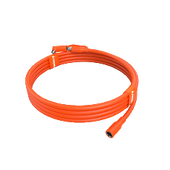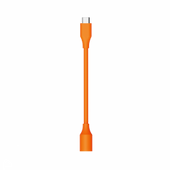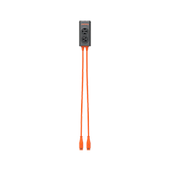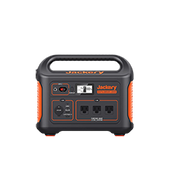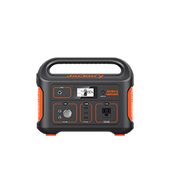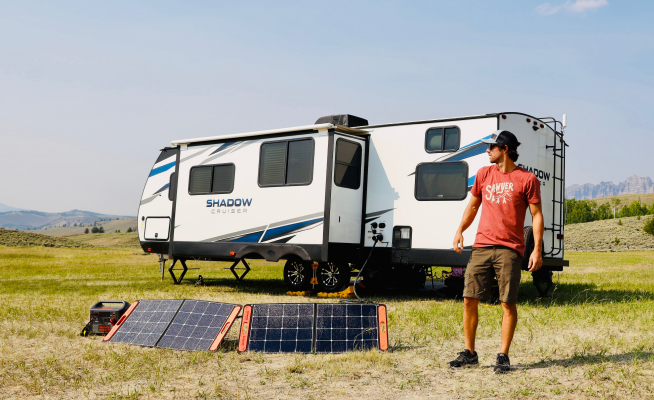But how does electricity reach us? From the spark of creation to high voltage highways, the comparisons between AC and DC currents, like AC versus DC voltage, remain intriguing topics in the history of electricity. For instance, a portable generator can deliver DC power produced by the photoelectric effect and convert it into usable AC electricity, making it a perfect choice for domestic, outdoor, and emergency uses.
So, what's the trick of AC versus DC voltage? This article will deliver you a comprehensive understanding of these two electricity currents widely applied in our daily lives.
What is AC, and What is DC?
Electricity comes in two power supply forms— alternating current (AC) and direct current (DC). Both are essential for the functioning of our electronics. However, there are substantial differences in how they are generated, supplied, and utilized in electrical and communication devices.
To meet the diverse power needs of different electronics, enable energy storage, and optimize power transmission, DC and AC currents are often converted into each other. In this section, let's explore AC versus DC voltage and how it is generated, distributed, and utilized in our lives, including the DC to AC conversion process in the modern battery generator.
- Definition of AC and DC
The alternating current is an electric current that periodically reverses direction. The voltage level in AC circuits fluctuates over time, typically following a sinusoidal waveform. AC is widely used for power transmission because it can travel long distances more efficiently than direct current.
At the same time, the direct current refers to an electric flow that moves exclusively in a single direction. The voltage in DC circuits remains constant over time, which is the most prominent contrast of AC versus DC voltage. DC is commonly used in electronic devices, batteries, and specific specialized applications where a steady and unidirectional flow of electric charge is required.
- The History and Development of AC versus DC Voltage
Comparisons between AC and DC voltage have roots that extend back more than a century ago. The development of AC is closely associated with two prominent figures, Nikola Tesla and George Westinghouse, in the late 19th century.[1] Tesla's innovations in alternating current systems, combined with Westinghouse's vision, led to the adoption of AC for power distribution. The famous "War of Currents" between AC and DC, with Thomas Edison advocating for DC, ultimately ended with AC prevailing as the standard for long-distance power transmission.
So what about DC? DC was initially more widely used in the early days of electrical power, notably in Thomas Edison's pioneering systems.[2] However, the limitations of DC, such as its inefficiency for long-distance transmission, prompted the shift to AC. With technological advancements, DC has found renewed relevance in applications like electronic devices, renewable energy systems, and specific industrial processes.
- How AC and DC Works
Many findings stemming from AC versus DC voltage research lie in these two currents' working principles. In AC circuits, the electric charge periodically reverses its direction. This oscillation is represented by a sinusoidal waveform. The AC power supply alternates between positive and negative voltage, creating a continuous and reversible flow of electric charge. AC is well-suited for power distribution as it allows transformers to change voltage levels efficiently.
In DC circuits, the electric charge flows consistently in one direction. The voltage remains constant over time. DC is commonly generated by batteries, solar cells, and rectifiers. Some electronic devices depend on DC for uninterrupted operation, and DC is sometimes converted from AC using devices like rectifiers and inverters.
AC versus DC Voltage in Their Respective Modern Applications
Having explored popular aspects of AC versus DC voltage, including their respective working processes, it's essential to delve into their contemporary applications. The section below will briefly introduce the modern electrical landscape shaped by AC and DC's diverse applications, leading to other widely discussed subjects of AC versus DC voltage.
- Applications of Alternating Current
Alternating current is the driving force of the modern world. Its ability to change direction and magnitude makes it a perfect choice for diverse applications:
- Power Distribution
The backbone of any modern city is electricity, and one of the biggest strengths of AC is the ease of transmission over long distances. Transformers can step up AC voltage to minimize loss through transportation through high-voltage lines. It allows electricity generated at power plants to reach every corner of the world efficiently.
- Home and Office Appliances
AC is powering almost all of our primary home and office appliances. From small appliances, toasters, microwaves, or irons to large air-conditioning units and sophisticated office equipment, each relies on AC to function.
- Industry Manufacturing
AC is the power muscle behind many industrial machineries:
- Powerful AC motor drives heavy machinery from assembly to conveyor belts, transforming raw materials into finished products.
- Heavy-duty industrial motors relying on AC can deliver enormous amounts of efficient power. It allows delicate tasks like robotic welding and intricate product assembly to function in a streamlined way.
Alternating current's capabilities go far beyond just lighting up homes. The efficiency, diversity, and versatility that comes with it is unparalleled.
- Applications of Direct Current
While alternating current may hold the central position in power supply, DC still plays a crucial role in our everyday power needs.
- Electric Vehicles
The core of electric vehicles is their motor, which can run on DC power. They provide high torque at low speeds and maybe regenerative braking that can convert some braking energy back into electricity. Many electric components of electric cars, such as lighting, air conditioning, and entertainment systems, also need a stable DC supply to function.
- Telecommunication
Telecommunication systems need an uninterrupted DC power supply and rectifying systems to work. To power the network equipment and keep it operational, such as cell towers, base stations, and switches, a reliable and efficient DC supply is essential.[3] Smartphones, laptops, and other communication devices use DC batteries to store power.
- Renewable Energy
Renewable energy systems, such as solar panels, produce DC, and power stations hold the power in this form. They absorb sun radiation and produce a flow of electrons in one direction to generate direct current, which is later transformed by inverters into AC for integration into central electrical systems.
Dynamics of AC versus DC Voltage: Power Conversion in Solar Electricity Generation
Canada has access to vast solar energy sources. Due to the rise in awareness of clean and renewable energy, solar energy is getting more attention in Canada. By the end of 2022, the country had already reached 3,325 MW solar capacity.[4] The government has called upon all citizens to participate in building a greener future with joint efforts.
From the above sections illustrating AC versus DC voltage, we know there is a crucial part in the solar power kit for power transformation, which is the inverter. It is crucial to bridge the gap between solar panels and household appliances with the following functions.
- DC to AC Conversion
Based on output characteristics, inverters can be divided into two major types: true/pure sine wave inverters and modified/quasi sine wave inverters. The former utilizes toroidal (donut-shaped) transformers and electronic circuits to achieve the whole transformation, producing AC power resembling the genuine sine wave commonly delivered to our household AC appliances.
In the meanwhile, the latter comes with a more affordable price by integrating relatively simple components, like thyristors, to generate less smoothly varying AC, which is acceptable for powering large electrical appliances with less sophistication. [5]
- Integration with Battery Storage
Inverters play a vital role in solar systems that incorporate battery storage. They handle the charging and discharging of batteries, enabling users to store surplus solar energy for utilization during times of limited sunlight or grid outages. For instance, in our Jackery Explorer 3000 Pro Portable Power Station, battery cells and inverters are two significant components, working together for a maximized AC output of 120V~ 60Hz 20A.
- Efficiency and Monitoring
Modern inverters can convert energy efficiently and possibly come equipped with monitoring capabilities. Homeowners can track the performance of their solar power system through these inverters, monitoring energy production and identifying potential issues promptly.
Inverter Difference Depending on Grid Connection
With the constant study of AC versus DC voltage, the world of inverters can move further by connecting traditional grids and integrating more advanced features. Next, we will explore two inverters categorized by grid dependence: the on-grid and off-grid inverters.
- On-grid Inverter
Also known as grid-tied or grid-connected inverters, these inverters are designed to work in conjunction with the electrical grid. Typically, they do not include a built-in capability for battery storage. The excess power generated is sent back to the grid, and homeowners usually rely on the grid during periods of low sunlight.
These on-grid systems tend to be more efficient when the grid is available because any excess power generated can be distributed back to the grid, providing a financial benefit. In addition, they are often more cost-effective initially, as they don't require the installation of a battery storage system.
- Off-grid Inverter
Off-grid inverters are used in standalone solar power systems without being connected to the electrical grid. Often paired with battery storage systems, they charge batteries during times of excess solar production, and the stored energy is used during insufficient solar production, such as at night or on cloudy days.
 However, due to the need for energy storage, potential energy losses are inevitable during battery charging and discharging. The inclusion of additional batteries can bring more expenses. Still, they are widely favoured for their independence and resilience.
However, due to the need for energy storage, potential energy losses are inevitable during battery charging and discharging. The inclusion of additional batteries can bring more expenses. Still, they are widely favoured for their independence and resilience.
AC versus DC Voltage: Make Smooth Conversion With Jackery Solar Generators
Jackery solar generators are enabled with pure sine-wave technology to deal with all sorts of AC vs DC issues. They work by absorbing sun energy through solar panels and then convert into electrical energy. The electrical energy can be stored in high-capacity batteries to be used later. Here, we introduce one of our exceptional models, the Jackery Solar Generator 2000 Plus.

Features:
- Potent Battery: This solar-powered generator involves a high-capacity LiFePO4 battery designed with an off-grid lifestyle in consideration, delivering a mega 2 to 24 kWh capacity with additional battery packs.
- Fast Charging Speed: It takes 14 hours for a full charge (with 2 Jackery SolarSaga 100W solar panels) and 2 hours with an AC adapter. Charging with solar energy makes it a completely independent source of power.
- Multiple Ports: Built with nine different output ports ( AC output, USB A output, USB C output port), it can power for powering many devices without worries about AC versus DC voltage.
- Sustainability: With zero carbon footprint, this portable solar-powered device has a TÜV carbon-neutral certification, conforming to what Canadian authorities call for a more sustainable future.
- Smart Integration with Mobility: You can rely on the Jackery App for remote data motoring. Wherever you place this portable system in any corner of the house, you can have untroubled state detection information at your fingertips.
Conclusion
From the previous debate to the latest research, the topic of AC versus DC voltage has attracted constant attention with its practical application value. AC is the fundamental driving force of our day-to-day life, powering our home, business, school, healthcare, and everything else one can imagine. At the same time, DC enables communication systems, electronic devices, and renewable energy to be efficiently integrated into our lives.
Integrating frontline conversion technologies, Jackery contributes to the development of solar generators that can power heavy-duty appliances and delicate electric devices. We ensure each model can secure the optimized transformation from solar power to DC power and then DC power to AC power.
References:
[1] History/2009,"Nikola Tesla". Available at: https://www.history.com/topics/inventions/nikola-tesla (Accessed at 30th Jan, 2024; Last updated on 13th Mar, 2020)
[2] Power/2017, "History of Power: The Evolution of the Electric Generation Industry". Available at: https://www.powermag.com/history-of-power-the-evolution-of-the-electric-generation-industry/ (Accessed at 30th Jan, 2024; Last updated on 1st Oct, 2022)
[3] GreenPower/2023, "Telecom DC Power Supply and Rectifier". Available at: https://greenpowernig.com/telecom-dc-power-supply-and-rectifier/ (Accessed at 30th Jan, 2024)
[4] Solar Feeds/2023, "Solar Power Statistics in Canada 2021". Available at: https://www.solarfeeds.com/mag/solar-power-statistics-in-canada-2021/ (Accessed at 30th Jan, 2024)
[5] Explain that Stuff/2021, "Inverters". Available at: https://www.explainthatstuff.com/how-inverters-work.html (Accessed at 30th Jan, 2024)









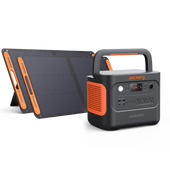

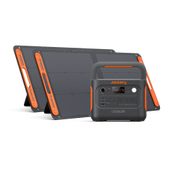
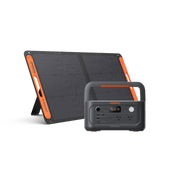
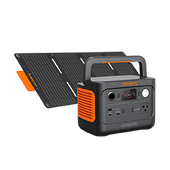


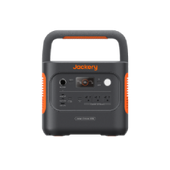
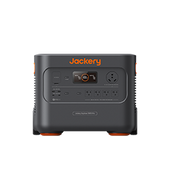
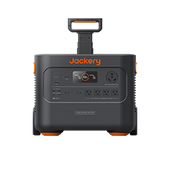

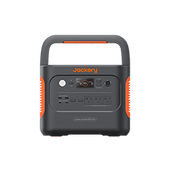
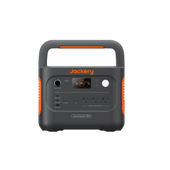
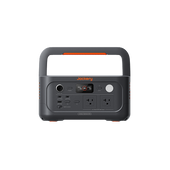

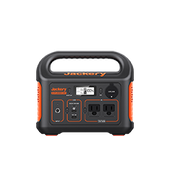
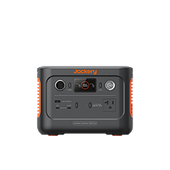

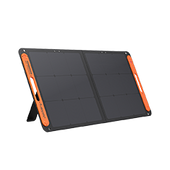

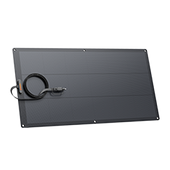
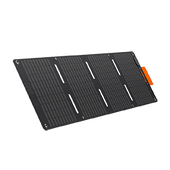
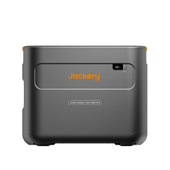
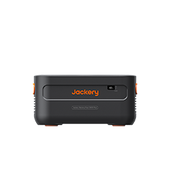
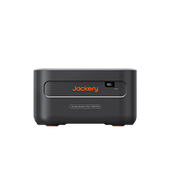
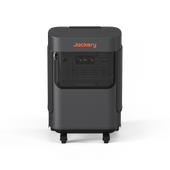


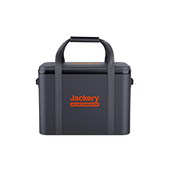
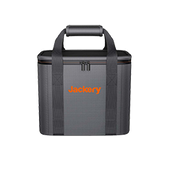
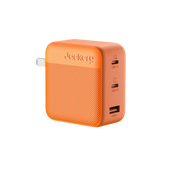
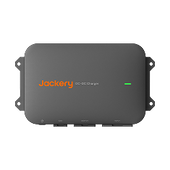
![[Add-on] Jackery Manual Transfer Switch for Explorer 5000 Plus](http://ca.jackery.com/cdn/shop/files/add-on-jackery-manual-transfer-switch-for-5000-plus-240V.webp?v=1757043692&width=170)
